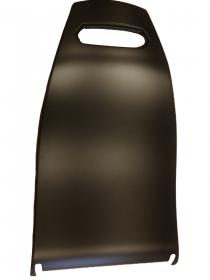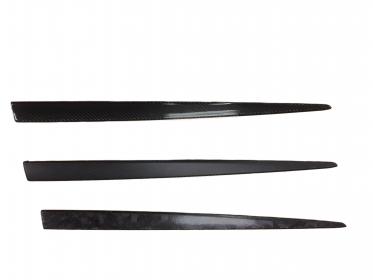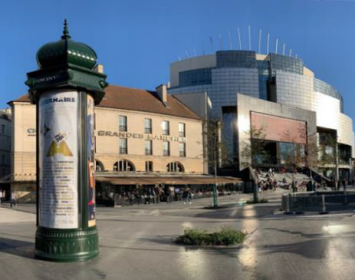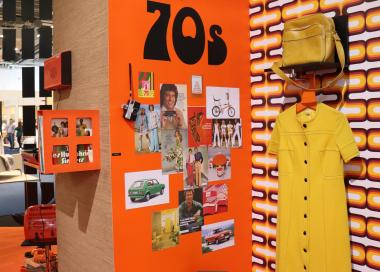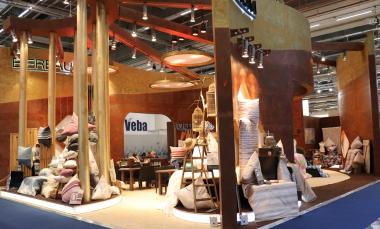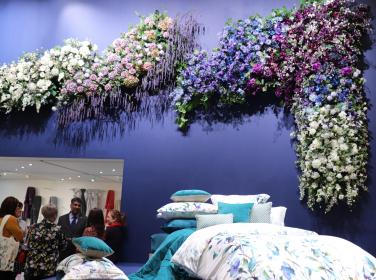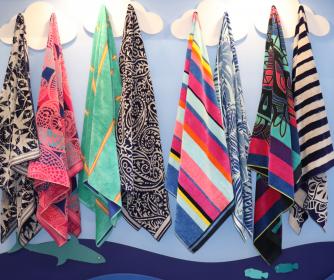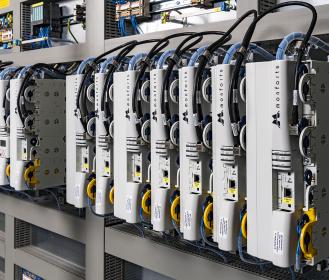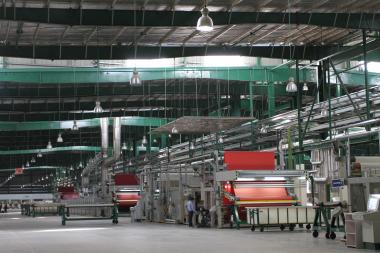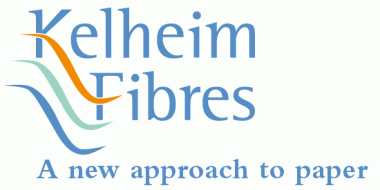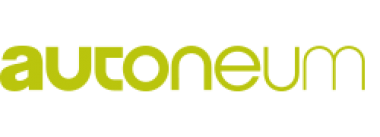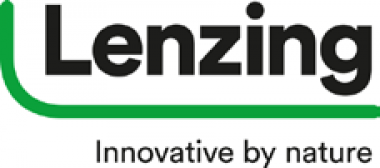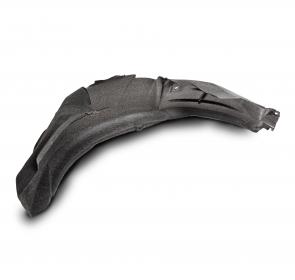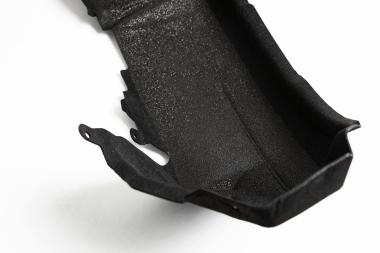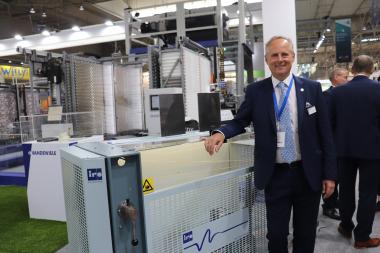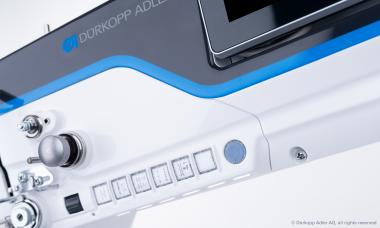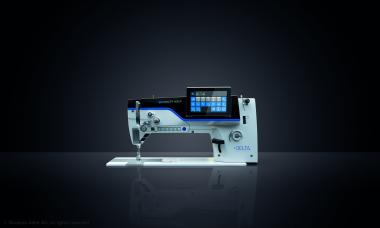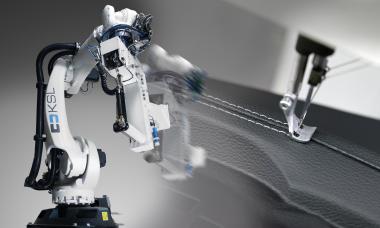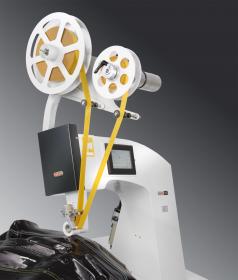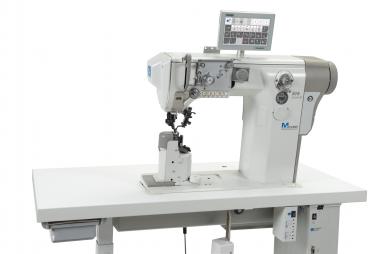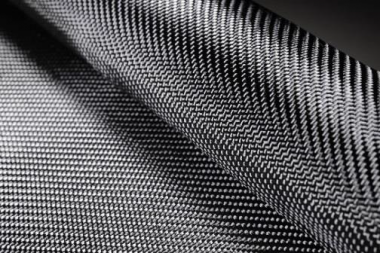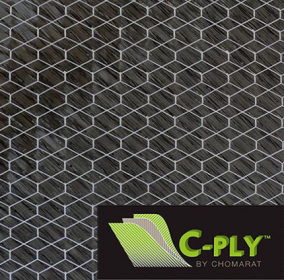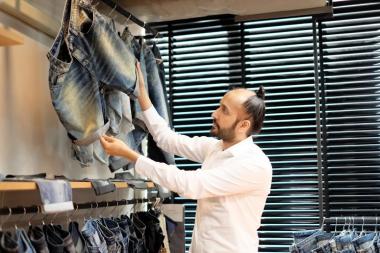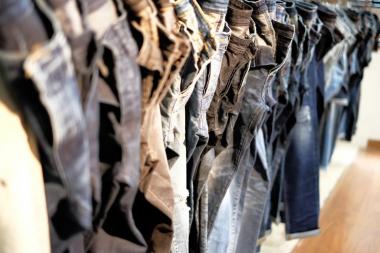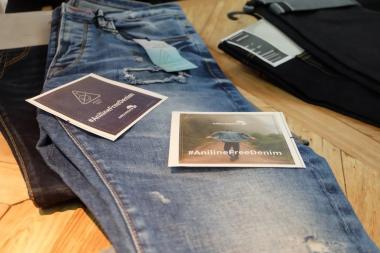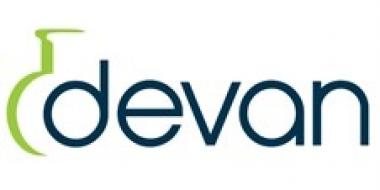Hexcel and NaCa Systems develop hybrid carbon and wood fiber
Hexcel is collaborating with NaCa Systems, a Tier 1 supplier of natural fiber composite automotive interior parts, on the development of a lightweight carbon fiber prepreg and wood fiber composite sportscar seat back using a rapid press molding process. This innovation validates a short cycle time production process for CFRP and wood fiber composite parts and offers a host of benefits to automotive manufacturers.
Hexcel supplies NaCa Systems with an optimized version of its HexPly® M77CS epoxy prepreg material. HexPly® M77CS is a fast curing hotmelt, thermosetting epoxy matrix, specifically designed for prepreg applications for which short cure cycles and clear surfaces with perfect aesthetics are required.
The lightweight seat back demonstrates a 40% weight saving compared to a typical injection molded plastic component whilst also featuring a significantly improved CO2 footprint vs a full carbon part. The prepreg and wood fiber structure doesn’t produce sharp edged pieces when damaged. In addition, wood fiber composites also increase sound absorption, contributing to improved NVH damping within the vehicle interior.
The NaCa Systems seat back will be on display on the Hexcel stand at JEC World 2020.


